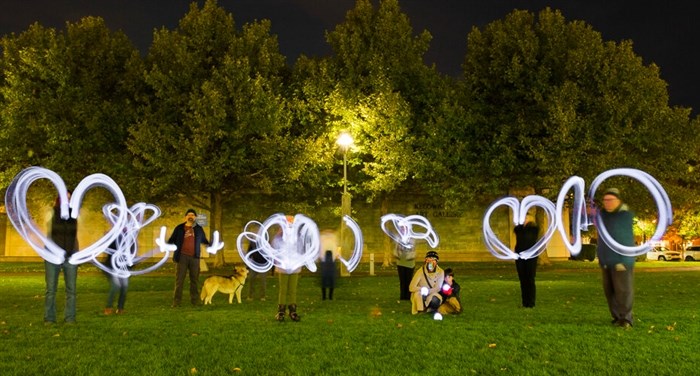
'When it is necessary to stand still' was an art project in Kelowna designed to use beacons to create conversations about art, technology and data.
Image Credit: SUBMITTED/Melany Nugent-Noble
January 20, 2021 - 6:00 AM
Whether you want to strike up a conversation about the nature of art, technology or data, Kelowna’s first artist-in-residence project had it all.
And, if things go according to plan, Melany Nugent-Noble’s When it is necessary to stand still will have an ongoing impact as she refines the technology and makes it more available to the community.
“One of the pieces of feedback I got from participants is that people would like to have them accessible on a longer term basis, as rentals or on longer term community activations,” Nugent-Noble said.
Last summer, she got a $12,000 grant from the City of Kelowna as the first person to be hired in what it called an artist-in-residence program.
That allowed her to manufacture two dozen beacons that change colour as they come closer or move farther away from other beacons.
She had almost 200 volunteers take them in groups of 10 for three-day periods between Sept. 10 and Oct. 16. The idea was to look at how how art and technology can be used to break down barriers and make new connections with people.
READ MORE: Kelowna's first artist-in-residence needs volunteers to carry beacons of light for project on connection
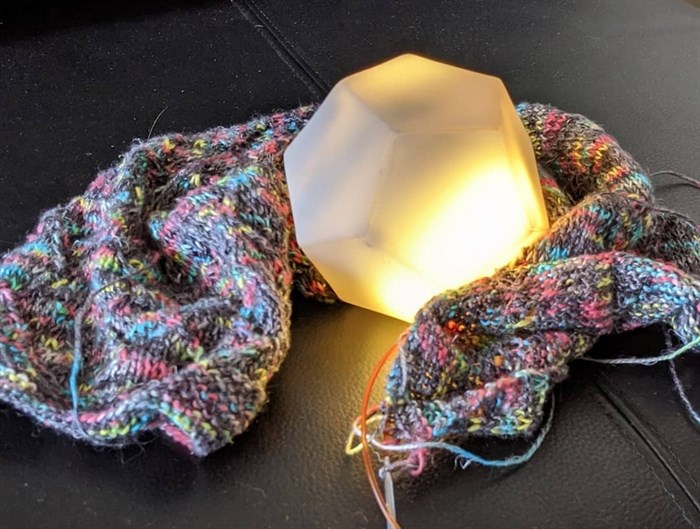
Image Credit: Submitted/Melany Nugent-Noble
It certainly did that.
“Some people would bring them to their workplaces,” Nugent-Noble said. “There would be conversations about: Is this art? What makes it art? There would be very different conversations that would come up, often about technology or data or art.”
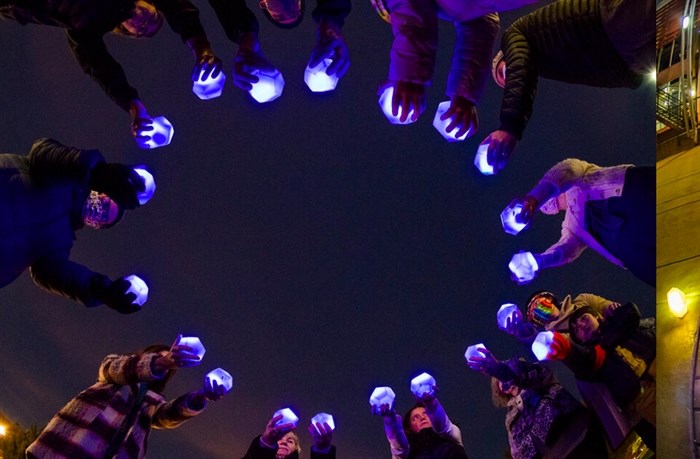
Image Credit: Submitted/Melany Nugent-Noble
She has her own explanation on how the beacons and the project are art.
“I think there are a few different ways that it is art,” she said. “They (beacons) are, in themselves, sculptures. Then there are the people who have the beacons who are participants in the art work because they are responsible for them moving. And the creation of whatever data is generated and what that, contextually, looks like is art.
“Then you have the tableau of Kelowna where these beacons are moving, so you have a community project. There’s artwork at different levels or different ways of seeing it as art.”
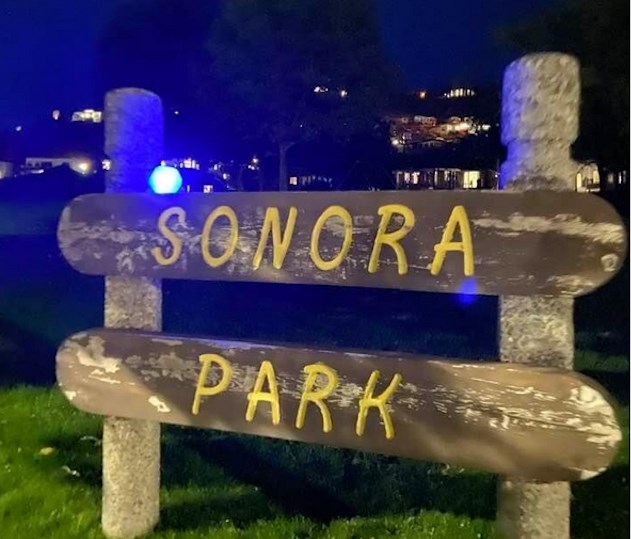
Image Credit: Submitted/Melany Nugent-Noble
Some people were fairly passive in their use of the beacons, mainly leaving them at home. Others took them to school or work, on drives or walks. Some were active on social media trying to connect with and meet up with other beacon carriers.
And, some gave them names.
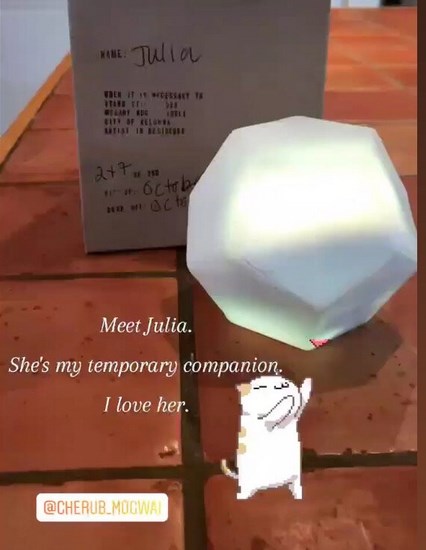
Image Credit: Submitted/Melany Nugent-Noble
“There was quite a bit of secondary content that was created,” Nugent-Noble said. “It inspired people to take their own photos and to do anything from photo shoots with their cats and their dogs and their fish and their children to time lapse videos, to explore their neighbourhoods. There were lots of different ways people shared what they did with their beacons and inspired them to be creative.”
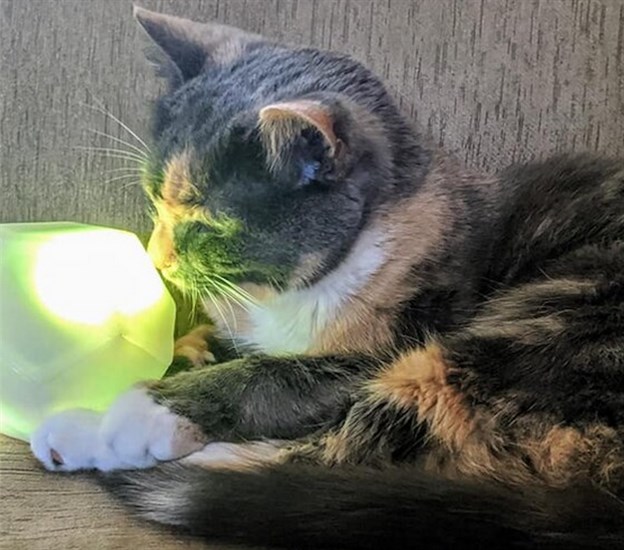
Image Credit: Submitted/Melany Nugent-Noble
The beacons, which she designed and built herself, were equipped with GPS devices so she has data on where they all went. Now she’s looking at ways of compiling that data and turning it into art.
The city funding has run out so Nugent-Noble is looking for other funding sources to continue on with the project. She’s not only looking at ways of turning data into art but to continue to refine the beacons so they can be much smaller and, therefore, easier to carry around and to make them more accessible to people, possibly through rentals.
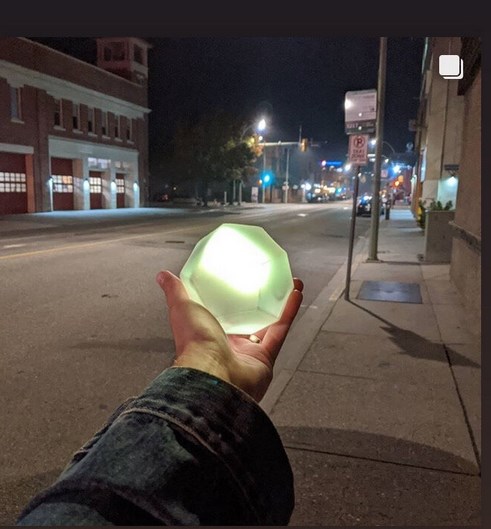
Image Credit: Submitted/Melany Nugent-Noble
The idea of the beacons came to her in 2015 and the When it is necessary to stand still project was conceived before COVID-19 but the pandemic certainly had an impact.
People were not locked down as much in the early fall but the social distancing rules were still in place so getting all the participants together for a debriefing at the end, as planned, was not possible.
But, there were still pick-up and drop-off opportunities where all the beacons could be gathered somewhat close together.

Image Credit: Submitted/Melany Nugent-Noble
“They started with all the beacons together and they were very bright lights,” Nugent-Noble said. “Then, as they dispersed, they started to change colour. It was really neat to see them when they did come all together at the end.”
See more on the project web site here.
To contact a reporter for this story, email Rob Munro or call 250-808-0143 or email the editor. You can also submit photos, videos or news tips to the newsroom and be entered to win a monthly prize draw.
We welcome your comments and opinions on our stories but play nice. We won't censor or delete comments unless they contain off-topic statements or links, unnecessary vulgarity, false facts, spam or obviously fake profiles. If you have any concerns about what you see in comments, email the editor in the link above.
News from © iNFOnews, 2021